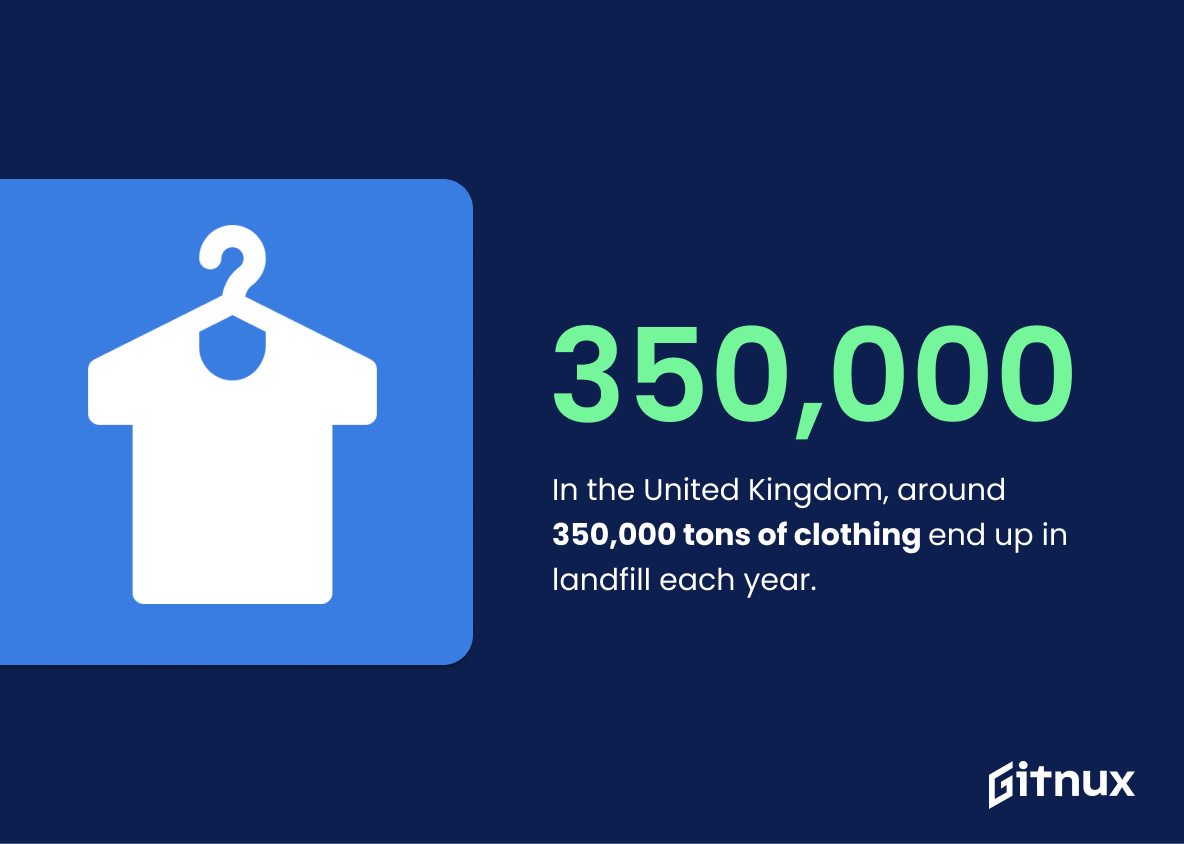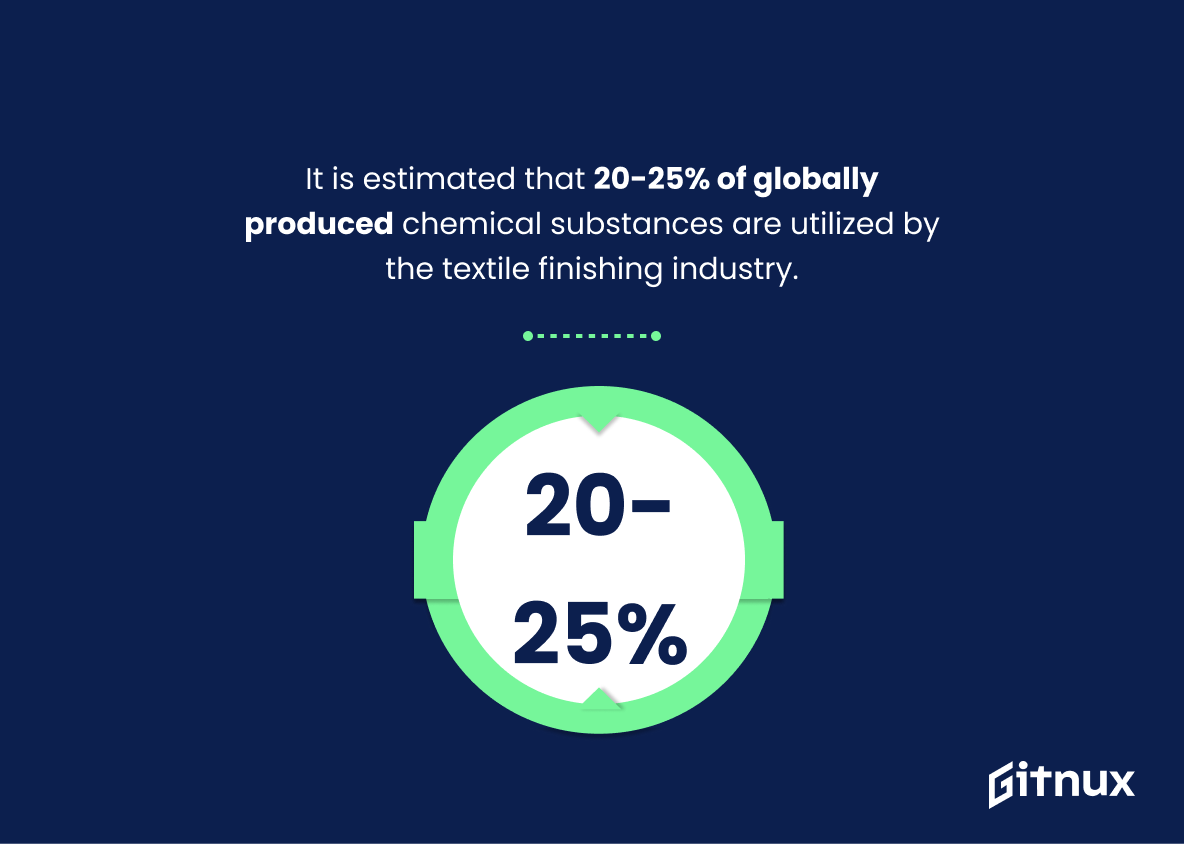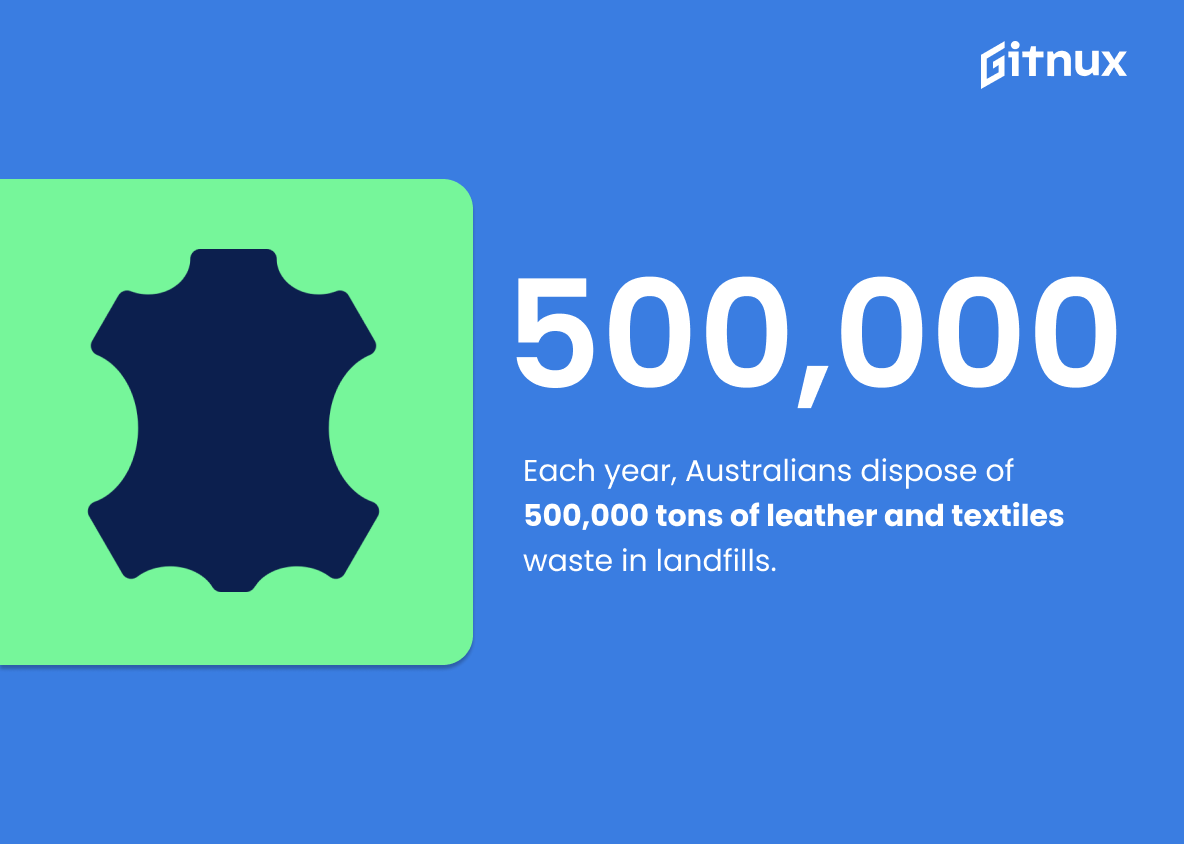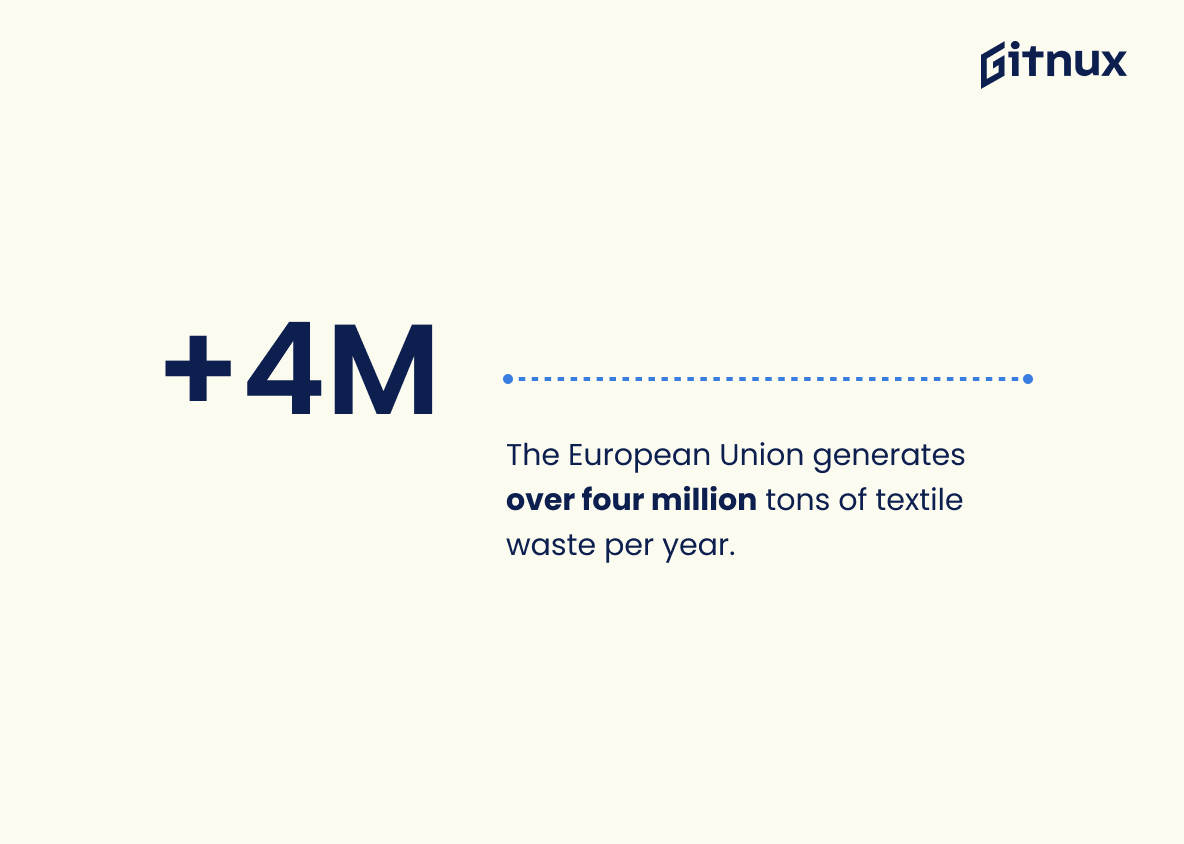Clothing waste is a growing problem around the world, with an estimated 92 million tons of textile waste generated annually by the fashion industry. In addition to this staggering amount of clothing being discarded each year, only 15% of it is recycled and 85% ends up in landfills. This has serious environmental consequences as textiles account for over 8.1% of municipal solid waste and generate more greenhouse gas emissions than all international flights and maritime shipping combined.
The average American throws away approximately 81 pounds of clothing every year while 350,000 tons end up in landfill each year in the United Kingdom alone. Reusing or recycling textiles can reduce carbon emissions by 90% for cotton and 75%, but unfortunately these efforts are not enough to combat rising global levels which are expected to reach 148 million tons by 2030 due largely to fast fashion items that are worn fewer than five times before being thrown out after just 35 days on average.
In Africa 500,000 tonnes were produced from end-of-use clothing waste in 2015 while Canada sends 25 percent into donation or recycling programs leaving much room for improvement across many countries worldwide including Europe where increasing re-use rates could create 320 thousand jobs according to estimates from Sitra Finland’s research paper ‘Secondary Markets Open Doors To Textile Recycling’.
These statistics demonstrate how urgent action needs be taken if we want our planet’s resources preserved now and future generations protected against climate change caused by excessive consumption habits such as those seen within the fashion industry today
Clothing Waste Statistics Overview
In the United Kingdom, around 350,000 tons of clothing end up in landfill each year.
This statistic is a stark reminder of the sheer amount of clothing that is being wasted each year in the United Kingdom. It is a sobering reminder of the environmental impact of our clothing consumption habits and the need for us to take action to reduce our clothing waste.
Only 15% of discarded clothing is recycled, which leaves 85% of clothing waste in landfills.
This statistic is a stark reminder of the immense amount of clothing waste that is being sent to landfills, rather than being recycled. It highlights the need for more sustainable practices when it comes to clothing production and disposal, in order to reduce the amount of waste that is ending up in landfills.
The fashion industry produces more greenhouse gas emissions than all international flights and maritime shipping combined.
This statistic is a stark reminder of the immense environmental impact of the fashion industry. It highlights the urgent need for more sustainable practices in the industry, as the emissions produced by the fashion industry are significantly higher than those of international flights and maritime shipping combined. This is a call to action for everyone involved in the fashion industry to take responsibility and reduce their environmental footprint.
Fast fashion items are worn fewer than five times and kept for just 35 days before being discarded.
This statistic is a stark reminder of the wasteful nature of fast fashion. It highlights the fact that clothing is being used for a very short period of time before being discarded, contributing to the growing problem of clothing waste.
It is estimated that 20-25% of globally produced chemical substances are utilized by the textile finishing industry.
This statistic is a stark reminder of the immense amount of chemicals used in the textile finishing industry, which can have a detrimental effect on the environment. It highlights the need for more sustainable practices in the industry, such as using natural dyes and reducing the use of hazardous chemicals, in order to reduce the amount of clothing waste produced.
Each year, Australians dispose of 500,000 tons of leather and textiles waste in landfills.
This statistic is a stark reminder of the immense amount of leather and textile waste Australians are disposing of in landfills each year. It highlights the urgent need to reduce the amount of clothing waste we are producing and to find more sustainable ways of disposing of it.
Extending the average life of clothing by just three months can lead to a 5-10% reduction in carbon, water, and waste footprints.
This statistic is a powerful reminder of the impact that even small changes can have on the environment. By simply extending the average life of clothing by three months, we can make a significant dent in carbon, water, and waste footprints. This is an important reminder that even small changes can have a big impact when it comes to reducing our environmental impact.
The European Union generates over four million tons of textile waste per year.
This statistic is a stark reminder of the immense amount of textile waste generated by the European Union each year. It serves as a powerful illustration of the magnitude of the clothing waste problem and the urgent need for action to reduce it.
Increasing the re-use and recycling rate of clothing and textiles from 17% to 95% would create approximately 320,000 jobs in the European Union.
This statistic is a powerful reminder of the potential economic benefits of reducing clothing waste. By increasing the re-use and recycling rate of clothing and textiles from 17% to 95%, the European Union could create an estimated 320,000 jobs. This is a significant number of jobs that could be created in the region, and it highlights the importance of taking action to reduce clothing waste.
Conclusion
The statistics presented in this blog post demonstrate the alarming amount of clothing waste generated by the fashion industry each year. From 81 pounds per person thrown away annually in the United States to 92 million tons of textile waste produced globally, it is clear that more needs to be done to reduce and reuse our clothes. The environmental impacts are also significant, with textiles accounting for over 8% of municipal solid waste and producing more greenhouse gas emissions than all international flights and maritime shipping combined.
Fortunately, there are solutions available which can help us tackle this issue head-on. Reusing or recycling textiles can significantly reduce carbon emissions while extending the average life span of clothing by just three months could lead to a 5-10% reduction in its carbon footprint. Additionally, buying reclaimed wool garments instead would save over 1,000 tons of CO2 emissions every year.
It’s time we take action against clothing waste before it becomes an even bigger problem – let’s start today.
References
0. – https://www.wrap.org.uk
1. – https://www.circle-economy.com
2. – https://www.unfccc.int
3. – https://www.ec.europa.eu
4. – https://www.sitra.fi
5. – https://www.mckinsey.com
6. – https://www.sustainability.vic.gov.au
7. – https://www.epa.gov
8. – https://www.worldbank.org









